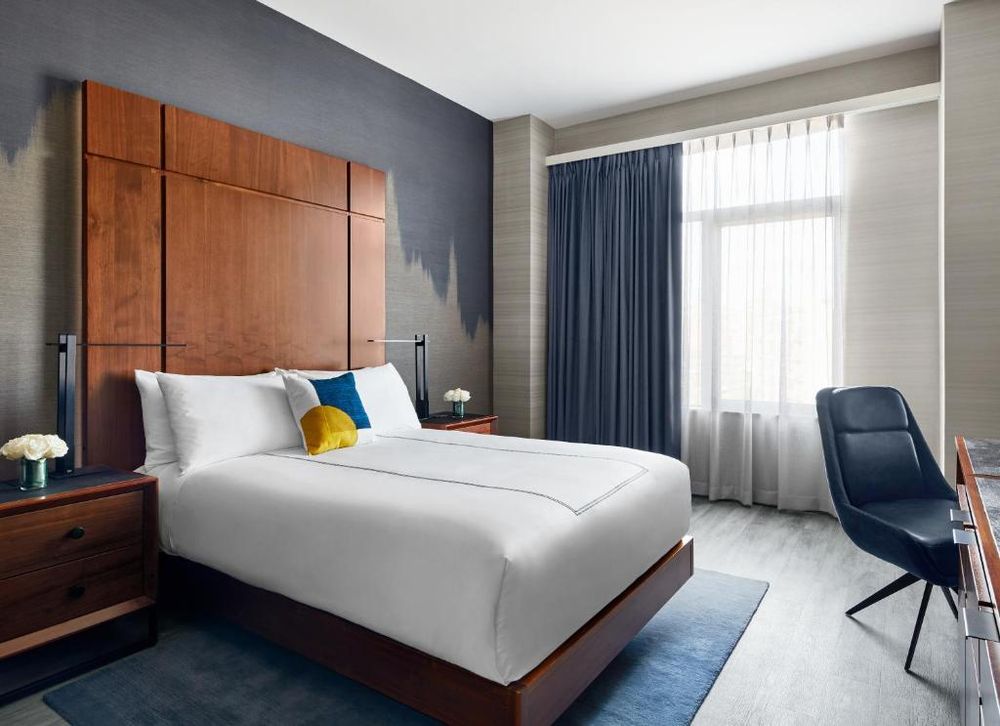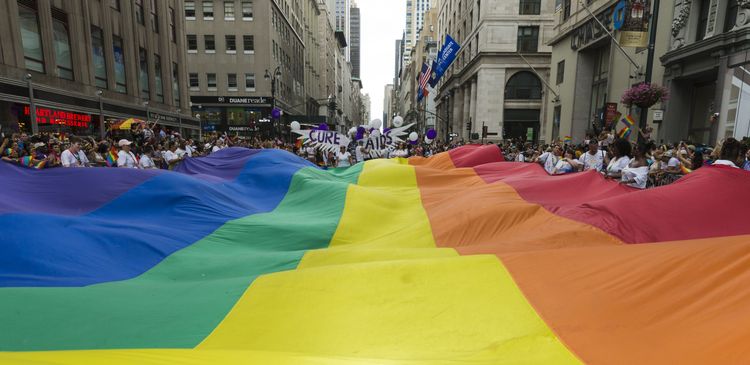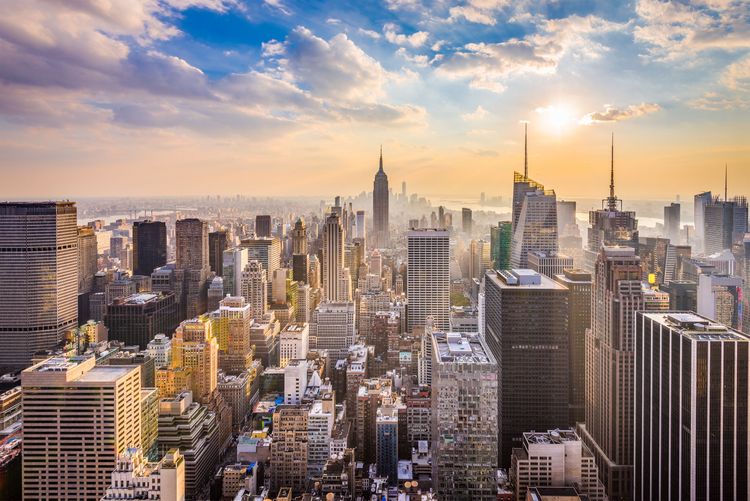Emerging from the private queer art collection of two gay rights activists, J. Frederic "Fritz" Lohman and Charles W. Leslie, who held their first exhibition in their Prince Street loft apartment in 1969, the museum’s current space at 26 Wooster Street in SoHo opened in 2006 after over a decade of campaigning for recognition. Possessing a permanent collection of some 1300 art objects by as prominent queer artists as David Hockney, Andy Warhol, Tom of Finland, Jean Cocteau, David Wojnarowicz, and Robert Mapplethorpe, it remains the only museum in the world dedicated to LGBTQ+ artwork.
 New York
New York







